Regulatory Support and Standards
Regulatory frameworks are increasingly supporting the Non Thermal Processing Market, as governments recognize the importance of food safety and quality. Enhanced regulations surrounding food processing are encouraging manufacturers to adopt non-thermal methods that ensure product integrity while minimizing health risks. This regulatory support is likely to foster innovation and investment in non-thermal technologies, as companies strive to comply with stringent safety standards. Furthermore, as consumers demand transparency and quality assurance, the alignment of regulatory policies with non-thermal processing methods may enhance consumer trust and drive market growth. The evolving regulatory landscape is poised to significantly impact the Non Thermal Processing Market.
Sustainability and Environmental Concerns
Sustainability has emerged as a pivotal driver within the Non Thermal Processing Market. As environmental concerns gain prominence, consumers and businesses alike are increasingly prioritizing eco-friendly practices. Non thermal processing methods, such as high-pressure processing and pulsed electric fields, are recognized for their lower energy consumption and reduced carbon footprint compared to traditional thermal methods. This alignment with sustainability goals is likely to enhance the appeal of non-thermal processed products. Furthermore, regulatory bodies are beginning to emphasize sustainable practices, which may further propel the adoption of non-thermal technologies in food processing, thereby shaping the future landscape of the Non Thermal Processing Market.
Technological Innovations and Advancements
Technological advancements play a crucial role in shaping the Non Thermal Processing Market. Innovations in processing techniques, such as ultrasound and microwave-assisted processing, are enhancing the efficiency and effectiveness of non-thermal methods. These technologies not only improve product quality but also extend shelf life without compromising nutritional value. Market data indicates that investments in research and development are on the rise, as companies seek to leverage these advancements to gain a competitive edge. As a result, the Non Thermal Processing Market is likely to witness increased adoption of cutting-edge technologies, which could redefine processing standards and consumer expectations.
Growing Consumer Awareness of Health Benefits
The Non Thermal Processing Market is experiencing a surge in consumer awareness regarding health benefits associated with processed foods. As individuals become more health-conscious, they increasingly seek products that retain nutritional value and avoid harmful additives. This trend is reflected in the rising demand for minimally processed foods, which are perceived as healthier alternatives. According to recent data, the market for clean label products, which often utilize non-thermal processing methods, is projected to grow significantly. This shift in consumer preferences is likely to drive innovation within the Non Thermal Processing Market, as manufacturers strive to meet the evolving demands of health-oriented consumers.
Rising Demand for Extended Shelf Life Products
The demand for products with extended shelf life is a prominent driver in the Non Thermal Processing Market. As consumers seek convenience and longer-lasting food options, non-thermal processing methods are increasingly favored for their ability to preserve freshness without the use of preservatives. Techniques such as high-pressure processing and cold plasma treatment are gaining traction for their effectiveness in extending shelf life while maintaining product quality. Market analysis suggests that the segment for shelf-stable products is expected to grow, reflecting a shift in consumer preferences towards longer-lasting, minimally processed foods. This trend is likely to propel the Non Thermal Processing Market forward, as manufacturers adapt to meet the evolving needs of consumers.


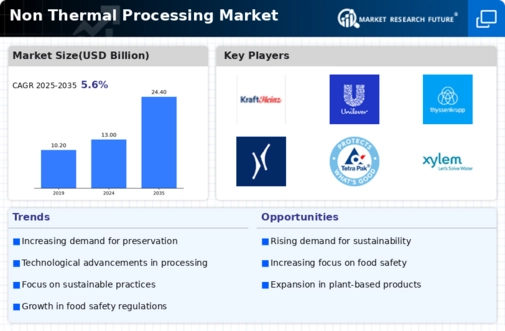
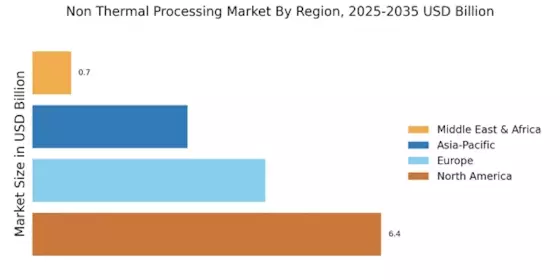
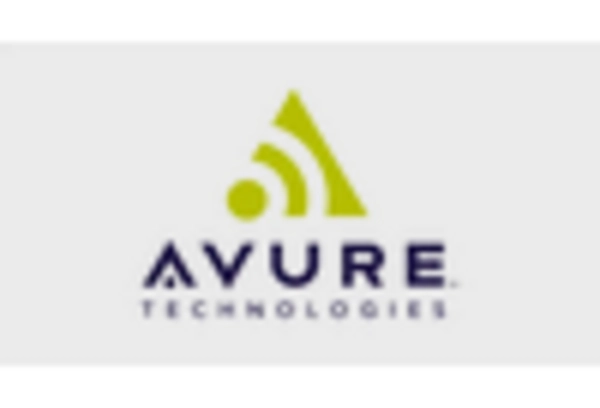
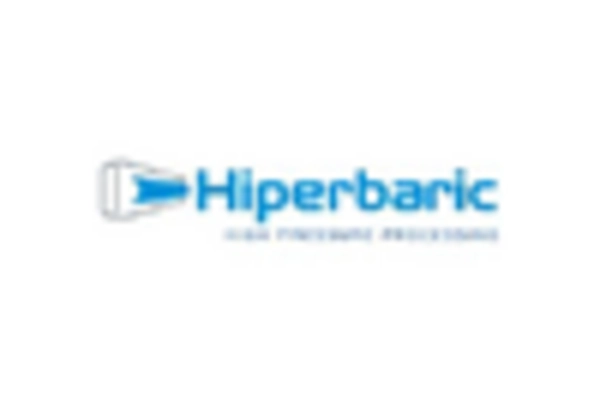
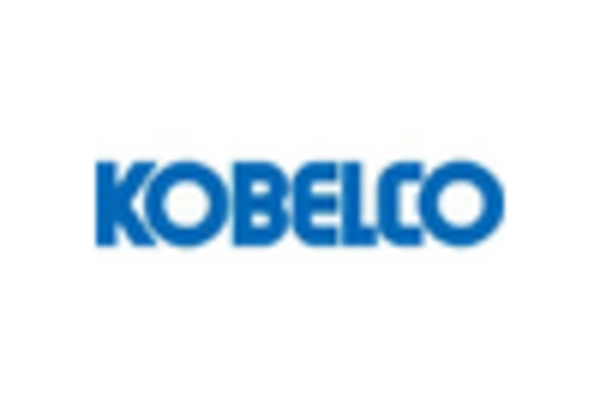
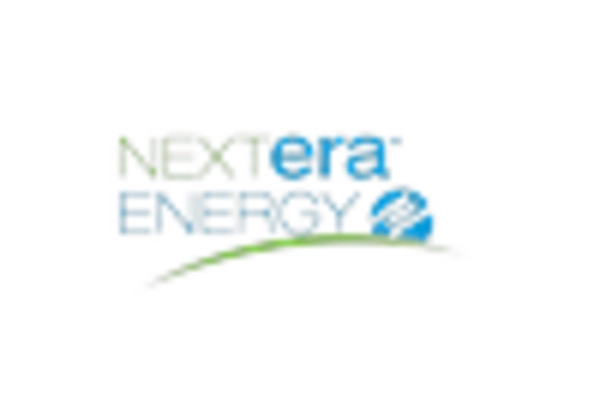
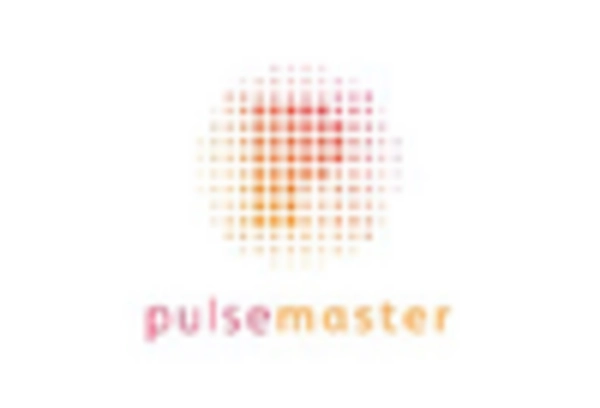
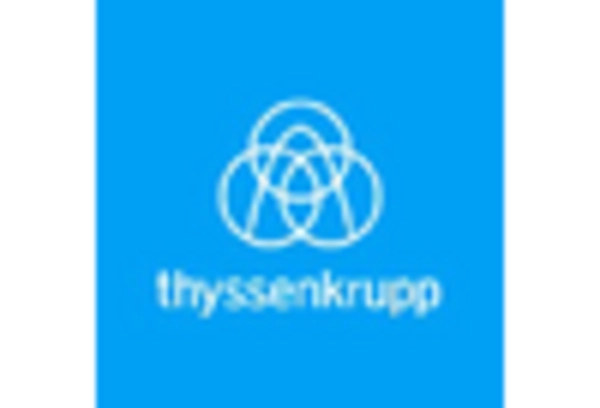








Leave a Comment